In railway signalling, capacity can be defined as the maximum number of trains that can pass a given location during a given time period at a specified level of reliability.
Several Factors that affect capacity in railway signalling are:
•Dwell time –Time spent serving a station
•Signal system -Minimum safety distance between trains
•Operating margin -Allowance for longer dwells
•Minimum headway -Minimum operational distance between trains
•Junctions
•Turnbacks–Points at which a train changes direction
•Traction Power Limits –Number of trains supported in a track section
How can we classify railway signalling systems, in terms of technologies used and their impact on capacity?
•In Conventional Signalling, drivers use trackside signals to determine whether the train can proceed forward and which speed it needs to reach.
•With CABS Signalling, trackside signals are “usually” not used. The speed and distance to go are displayed on the Train Overview Display (TOD) inside the cab and enforced by the on board ATP (Automatic Train Protection). It usually splits the railway into different sections (fixed blocks), following the principle that trains cannot collide if only one vehichle is allowed to occupy a single track section at a certain time.
•CBTC Signalling introduces the concept of “moving blocks”, through which it represents the railway as a single contiguous track. Train separation is not enforced by physical track circuit blocks, but a dynamic calculation of the safety distance between vehicles.
The following presentation (Naeem Ali – CBTC Solutions), gives us a good overview of the signalling systems mentioned above.
Click on the image below to download the full article in PDF format. IT’S FAST! IT’S FREE !
Did you like this post? Would you like to be informed about the last railway signalling technical and commercial news? Join us on LinkedIn and stay updated!
railwaysignalling.eu | walk the rail talk


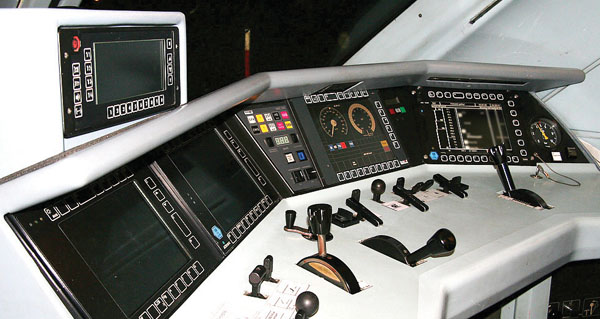

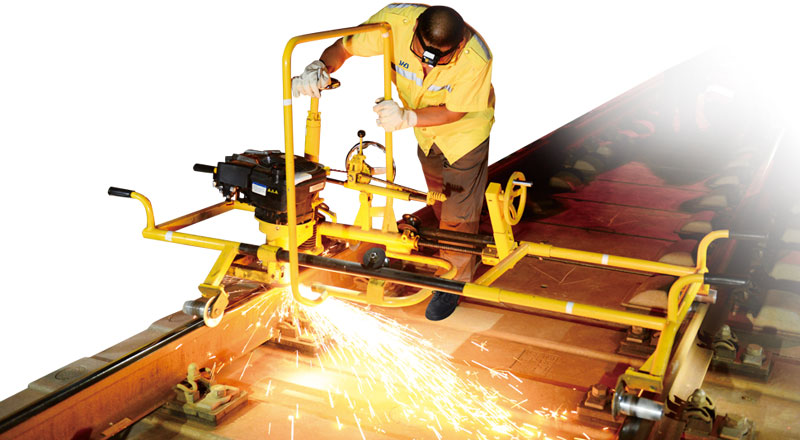
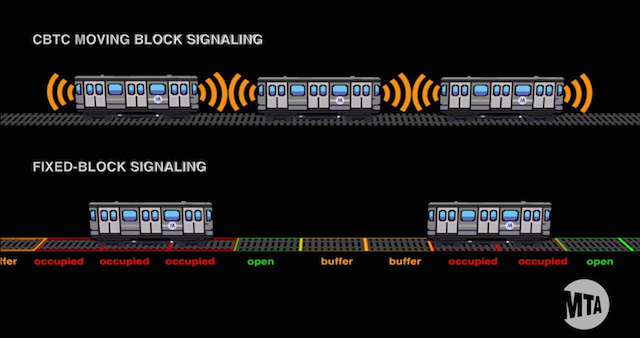
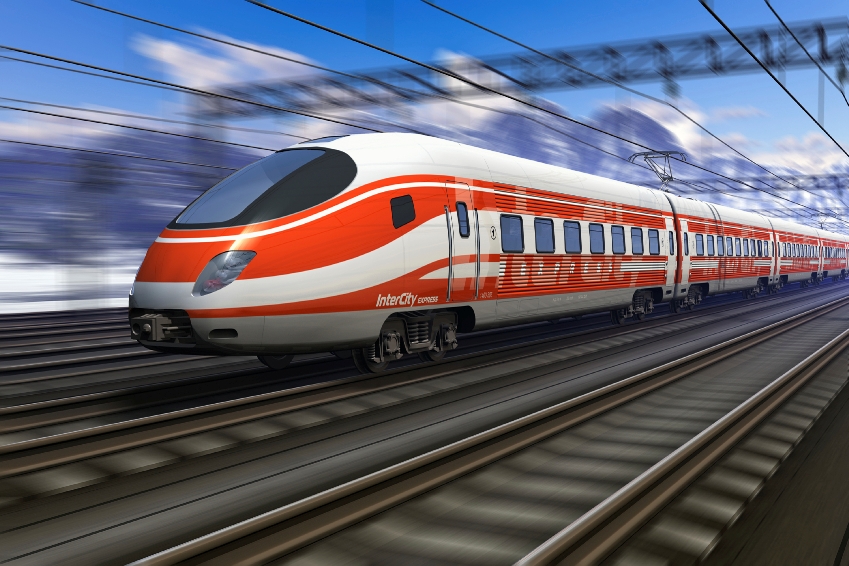
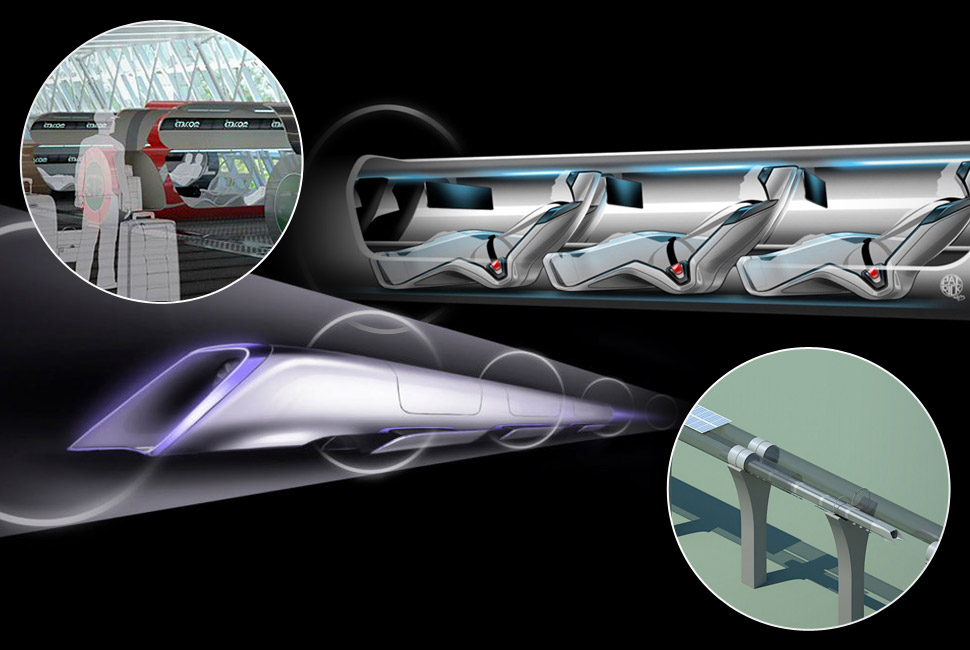
The choice between conventional signaling, Communications-Based Train Control (CBTC), and Computer-Aided Signaling (CABS) systems has a significant impact on the capacity of railway networks. While conventional signaling has served as the backbone of rail operations for decades, the advent of CBTC and CABS brings forth new possibilities in optimizing capacity and enhancing efficiency. By leveraging advanced communication technologies, these modern signaling systems enable more precise train control, shorter headways, and improved network throughput. Embracing innovative signaling solutions is essential to meet the growing demands of passenger and freight transportation, fostering sustainable mobility, and unlocking the full potential of railway networks in the modern era.